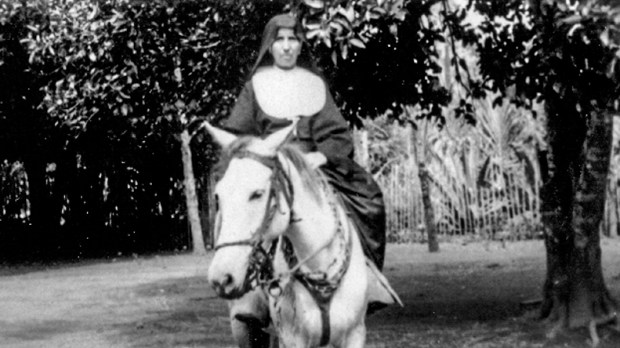For the last 50 years, the Catholic Church has been accused of being anti-woman. She doesn’t ordain women, after all, nor does she see their sexual objectification as liberating, so it stands to reason that she’s holding women back. This in spite of the Church’s teaching that the only glorified creature in heaven is a woman, in spite of the nearly overpowering reverence paid to the Blessed Mother, in spite of St. John Paul’s letter On the Dignity of Women.
In fact, it takes a surprising degree of blindness not to see the thousand ways the Church has empowered women, from the power given to abbesses to the role Sts. Teresa of Avila and Therese have played in the study of spiritual theology. Female saints have been empresses (St. Pulcheria) and peasants (St. Germaine), scholars (St. Teresa Benedicta of the Cross) and fools (St. Agatha Kim), virgins (too many to count) and … not (St. Mary of Egypt, St. Margaret of Cortona).
And one was a wartime nurse jungle surgeon evangelist nun.
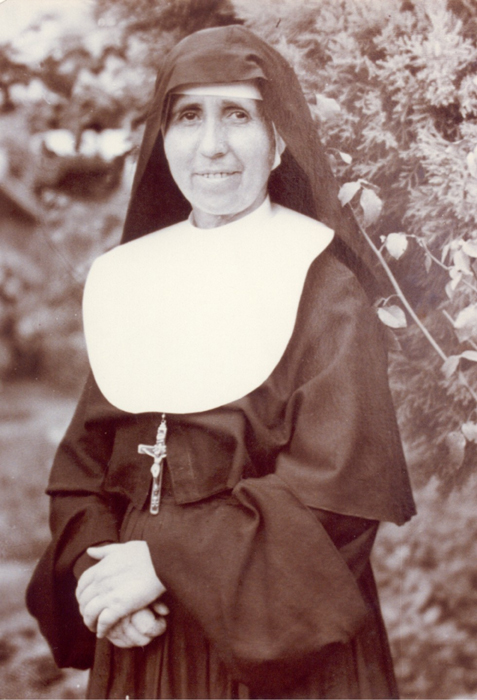
Born in northern Italy in 1883, Blessed Maria Troncatti grew up in a large and happy family. As a young girl, Maria read the newsletter of the Salesian Sisters and was fascinated by the stories of those missionaries. Maria’s heart was captured and in her 20s she entered the Salesian order, taking as her life goal “charity to the point of being crushed to pieces.”
Much though Maria wanted to go straight to the lepers, the advent of World War I changed things. She trained as a Red Cross nurse and began work in a military hospital, experiencing the primitive techniques and horrific conditions of hospitals during the Great War.
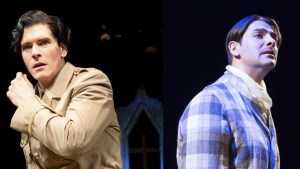
Read more:
‘War Poets’: Death dances in the trenches of World War I
Finally the war was over and the sister who had dreamed of the missions since childhood boarded a boat for Ecuador at the age of 39. She had been sent to evangelize the Shuar people, a tribe of warriors who passionately resisted colonization and are best known for their shamanic practice of shrinking the heads of their slain enemies.
The missionaries (sisters and priests) were greeted with spears at the first village they reached. The chief’s daughter had been shot, and the warriors told the missionaries they must heal the girl or die themselves, so Sr. Maria, trembling, sterilized her pocket knife and removed the bullet. Afterward, she would tell the villagers that Mary had held her hand the whole time; “she is everything to me,” she used to say, and the people she served believed her.
For the next 45 years, Bl. Maria Troncatti moved through the Amazon rainforest, hiking or flying through a country whose mountains put Colorado’s to shame. She braved vipers, jaguars, and tarantulas, waded through fast-moving rivers and crossed rickety bridges suspended thousands of feet above the ground. And after that first run-in with the chief, where her life was threatened and she showed no fear, the people loved her. Mamacita, they called her, little mother, and she was. Mother and doctor and dentist and preacher and teacher, she healed their physical ills as well as the spiritual.
Sr. Maria’s work for the Shuar women brought liberation they had never known, most notably in the innovation of marriage freely chosen rather than demanded by the families, and monogamous marriage at that. She built hospitals to deal with the regular epidemics of measles and smallpox and trained the Shuar women as nurses. She established schools and worked for integration between indigenous and white people, no matter how they had been taught to hate each other.
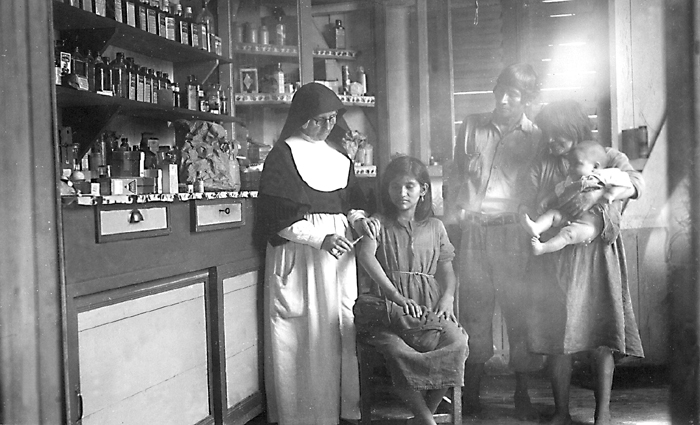
When arson destroyed the mission, the missionaries were quick to forgive, but the villagers came out armed for war. Sr. Maria interceded with them, begging them to forgive, and finally pleaded, “If you truly love me, lay your weapons at my feet.” And the most feared warriors of the rainforest did just that.
In her decades of hard work under impossible conditions, Sr. Maria found strength in the Blessed Mother and above all in the sacrifice of Christ: “A look at the crucifix gives me life and the courage to work,” she said, and continued to evangelize the jungles until she was 86 years old.
In 1969, Sr. Maria was on her way to a retreat when her plane crashed, killing her on impact. Though their Mamacita had left them, the Shuar continued to live as she taught. Today, they live at peace with their neighbors and their God thanks to the work and the sacrifice of an Italian sister, nurse, surgeon, preacher, and mother.
Bl. Maria Troncatti lived in faithfulness to God with no regard for the limitations the world wanted to impose on her. On August 25, her feast day, let’s ask her intercession for an authentic femininity in the world, one that’s defined not by stereotypes but by faithfulness to the call of God. Blessed Maria Troncatti, pray for us!
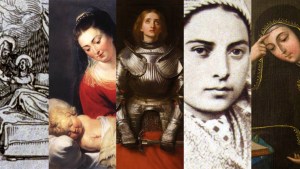
Read more:
5 Saints who can help with the hardships we face as women
